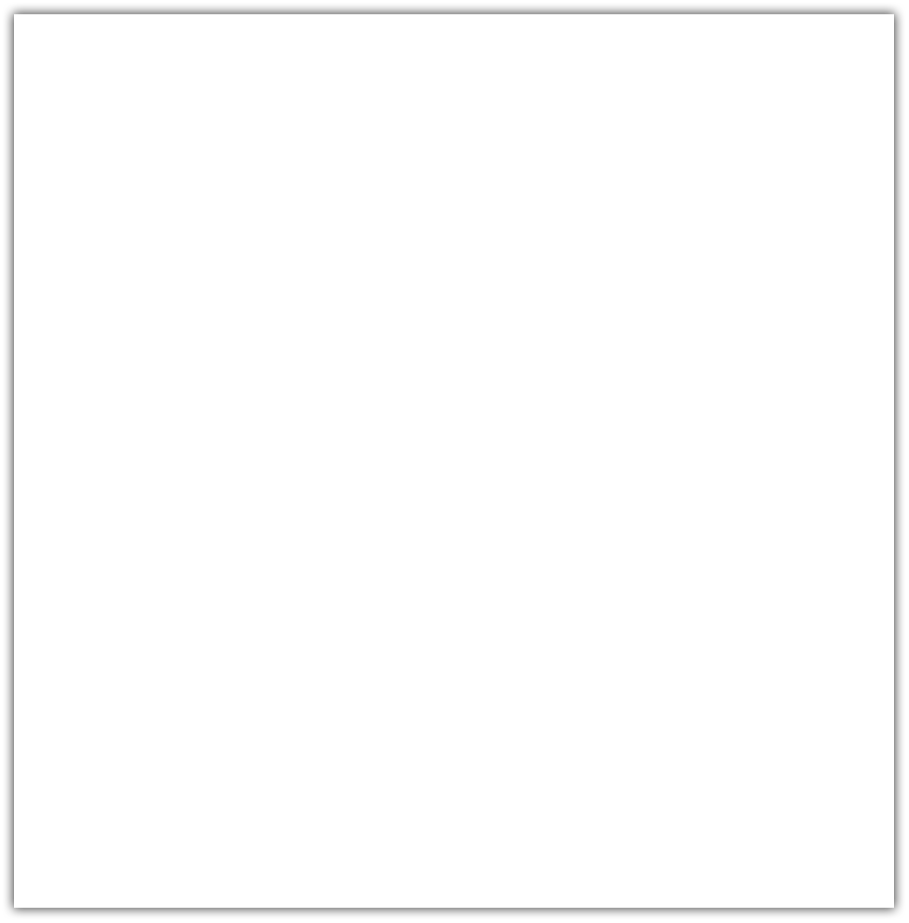Bella Hummingbird
For more information on hummingbirds click on links below
- "FASTEST THINGS ON WINGS" Written by Terry Masear
- PBS SPECIAL - VIDEO: MAGIC - HUMMINGBIRDS IN THE AIR
Eggshells are made of calcium & magnesium salts within a fibrous network. Calcite is the main salt and used as building material for the shell. As the embryo develops, calcium is transferred from the shell to the growing bones of the embryo. The outer surface of the eggshell is covered by the cuticle, a thin layer made of proteins. The cuticle adds strength to the shell, gives the shell its texture & provides a barrier against bacteria.
All of the nutrients, water & minerals the embryo needs for development are enclosed within the egg. The yolk of the egg is the nutrition, consisting of 50% water, 32% fat, 16% protein, and 2% carbohydrates.
Waste products pose the most sever problem because accumulation of them would be toxic in this confined space. Instead, they are stored in a special membrane call the allantois until they hatch. The function of the allantois is to collect liquid waste from the embryo, as well as to exchange gases used by the embryo.
Oxygen passes through several thousand pores in the eggshell from the time the egg is laid until it hatches. These trumpet-shaped ducts are microscopic. Co2 & water vapor are expelled so eggs actually lose weight as the chick develops. Most of these pores are at the blunt end of the egg. Respiratory gases as well as water vapour travel through these channels & enable the egg to breathe.
Picture of a pore as well as a comparison to a human hair strand:
Special Thanks to Greyfax Grimwald for the contribution of this information
Hummingbird Tidbits
- The nest is made of raw cotton, spiderwebs, moss, lichens, and other things that Bella likes to put in a nest. There are some feathers, flower petals, and pieces of leaves in there too.
- There are over 350 species of hummingbirds.
- Hummingbirds only live in the western hemisphere...most of them are in south america, but there are 19 species that live in north america too.
- Never use nectar with red dye. It is thought to be harmful to hummingbirds.
- Cinnamon or Red Hots candies sprinkled around bottom of pole of feeder keeps out ants.
- Bees are drawn to yellow. So keep yellow off your hummer feeder.
- Pick a wild or natural variety of a flower instead of a hybrid because hybrids tend to produce less nectar.
- When planting, choose plants that bloom at varying times of the year to supply a constant source of nectar.
- Hummingbirds eat a variety of small insects, so avoid pesticides in the garden.
- Hummingbirds eat small soft bodied insects made up of small arthropods such as gnats, spiders, mosquitoes, aphids, caterpillars, and insect eggs.
- Encourage nesting females in your yard. They prefer downy like materials, spider webs, ferns, moss, and lichens. Willow and eucalyptus trees are wonderful for providing downy like nesting materials. Good source of nesting material you can purchase (Bella uses this): Hummer Helper Nesting Material.
- Babies are able to thermo-regulate after about 9 days - about the time their eyes open.
Interesting Egg Facts


